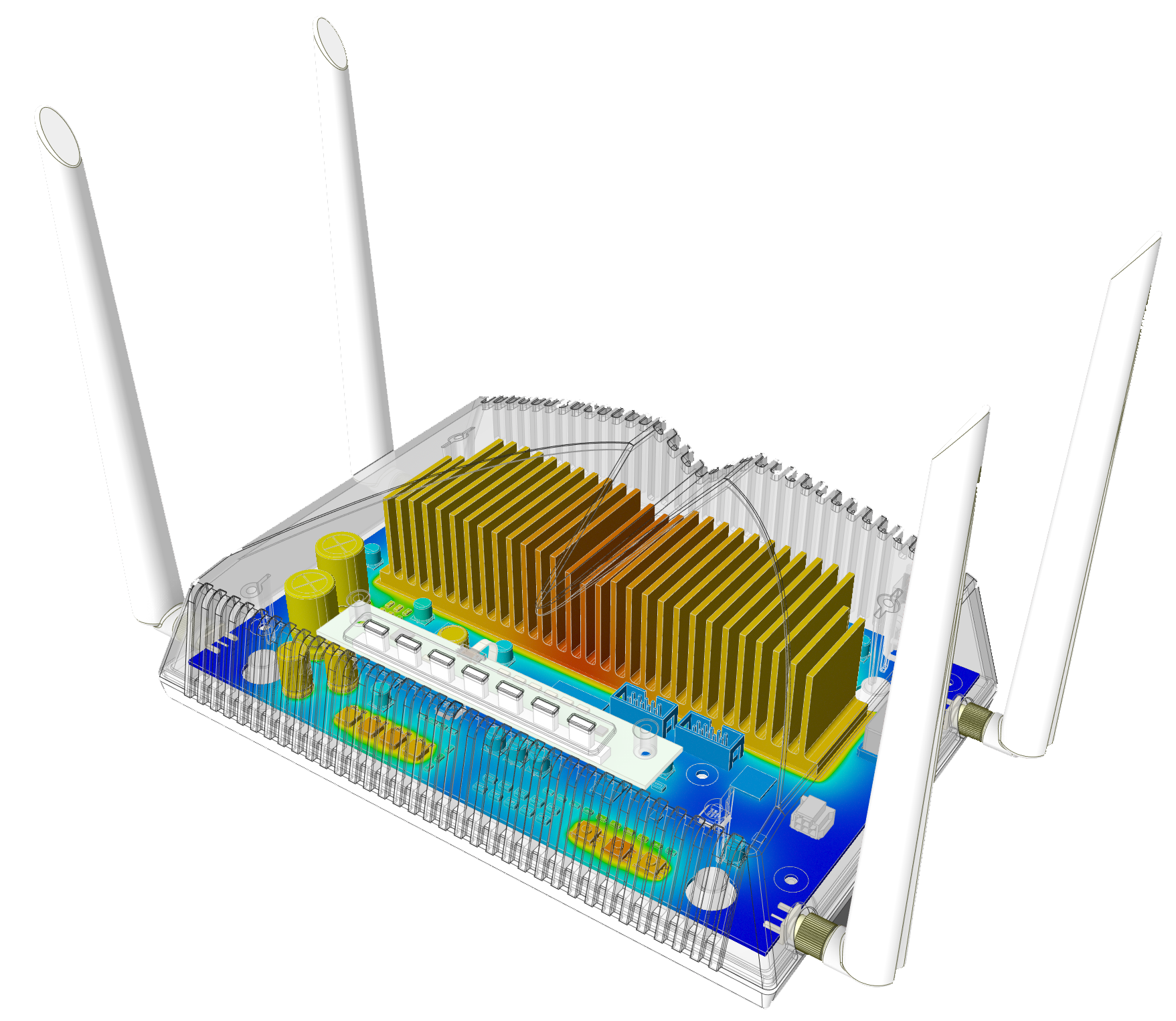The study discusses how a new, highly accurate method using finite element analysis (FEA) and simple off-axis tension experiments offer a truer picture of a composite material’s in-plane shear response under multiaxial loading. The article was published in the Journal of Composite Materials (IF=2.9) authored by László Kovács, leader of R&D Group at Econ Engineering, and Dr. Gábor Romhány, Associate Professor of the Department of Polymer Engineering at the Budapest University of Technology and Economics.
The paper titled “Numerically assisted calibration procedure of nonlinear in-plane shear properties of unidirectional composite laminae based on off-axis tensile experiments” has been published in the Journal of Composite Materials, the leading peer-reviewed journal of advanced composite materials technology.
The two authors are László Kovács, Econ Engineering’s Senior Simulation Engineer and R&D Group Leader, and Dr. Gábor Romhány, Associate Professor of the Department of Polymer Engineering at the Budapest University of Technology and Economics.
The accurate analysis of failure states of composite materials is a big challenge that material scientists and engineers face nowadays. The issue is especially complex in situations where the considered polymer matrix composite material is subjected to multiaxial loading conditions on ply level, as well as the mechanical response of the material is nonlinear.
Abstract
In the present article, the authors provide a high-accuracy method to infer the often nonlinear deformation-stress response of composite plies under in-plane shear conditions. The method is based on numerical optimization exploiting Finite Element Analysis (FEA) and only requires simple off-axis tension experiments. With this approach the derivation of the in-plane shear response may be more accurate, as well as, in contrast to the standard methods, this technique is vacant from the pseudo-hardening effect that is attributed to the shear deformation-induced rotation of the fibers towards the loading direction, providing the true shear response. The authors compared the results of the new method with the outcome of standard testing and evaluation methods (as per ASTM D5379 and ASTM D3518) done on Thermoplastic Matrix Unidirectional Composite samples and justified the advantage of it.
Econ article published in the Journal of Composite Materials
The whole study is available here, but please note, that a subscription is required.
